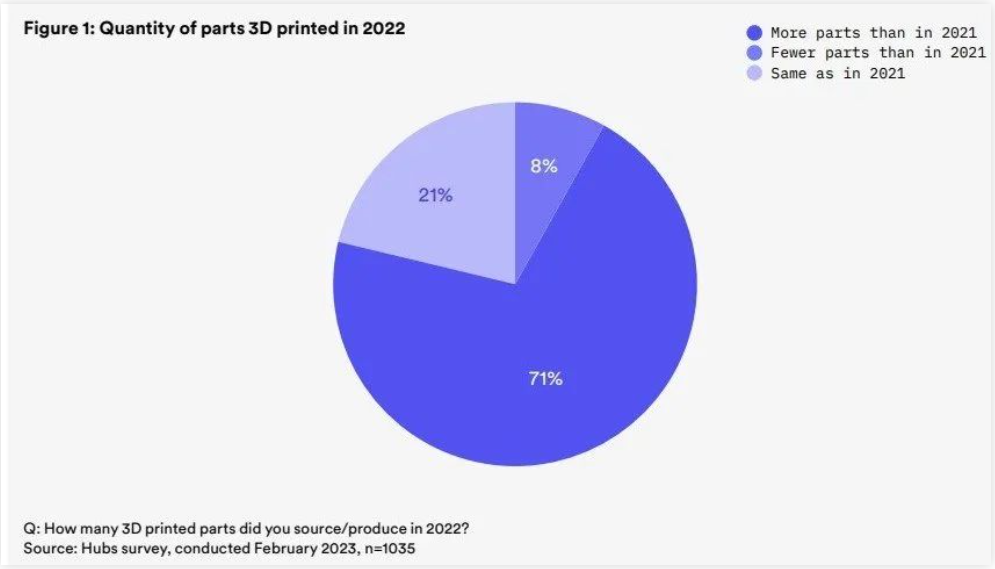Imagine printing out a complete, fully functional smartphone at home or in the office. 3D printing (3DP), aka Additive manufacturing (AM), could redefine the factory of the future as a device that can be placed on a desktop.
There is still a long way to go, but 3D printing is already being used to manufacture electronic products such as connectors, printed circuit boards, RF amplifiers, solar modules, embedded electronics and housings. According to a report compiled by the online manufacturing platform Hubs, advances in printing technology and materials have helped 3D printing realize its industrial potential.
"3D printing as an industry is definitely at a tipping point where a lot of people are willing to print end-use parts," said Sam Manning, a spokesman for Markforged, a $101 million maker of 3D printers. "That's a big difference from five years ago."
Across manufacturing, 3D printing solves many industry-specific problems. Manufacturers no longer need to rely on overseas partners for prototyping and production. Designs can be securely downloaded directly to the printer, reducing the risk of IP theft. Components can be built in the exact number required at the time of consumption. This frees businesses from minimum order requirements and shipment/delivery lead times. In supply chain terms, 3D printing is a "just-in-time production booster."
A few years ago, Flex, a $29.72 billion global EMS provider, identified 3D printing as a pillar of its Industry 4.0 strategy. Design teams and manufacturing teams often have different ideas about how to build a product. 3D manufacturing closes this gap by providing instant prototypes and models. As a product is developed, 3D technology creates a digital repository for each step in the process. Design changes can be quickly incorporated and a new 3D model built.
Manufacturers also recognize the cost and sustainability benefits of 3D printing. Waste from raw materials to cardboard boxes is essentially eliminated. Inventory no longer needs to be stored and maintained in a warehouse. Shipping and distribution costs are minimal. According to Hubs, process automation is improving print speed, quality, and consistency through slicer optimization, intelligent part positioning, batch layout, and post-processing.
Slicing is the process of converting a 3D model into a printer's instruction set.
"Factories will no longer have to check inventory every year to make sure they have the right parts in stock, or just sit there and wait in case you don't have the parts you need," Manning said. "The pattern now is' take one, make one. '"
A growing number of software solutions are connecting and automating the various stages in the 3D printing production chain. Markforged developed its own software. Fully automated workflows enable unattended 3D printing, with little human supervision required at the factory.
"Our software ensures that the slices are accurate and simulates the part before printing to ensure tensile strength," Manning said. "That way, you have a digital repository of parts."
Post time: Aug-14-2023






